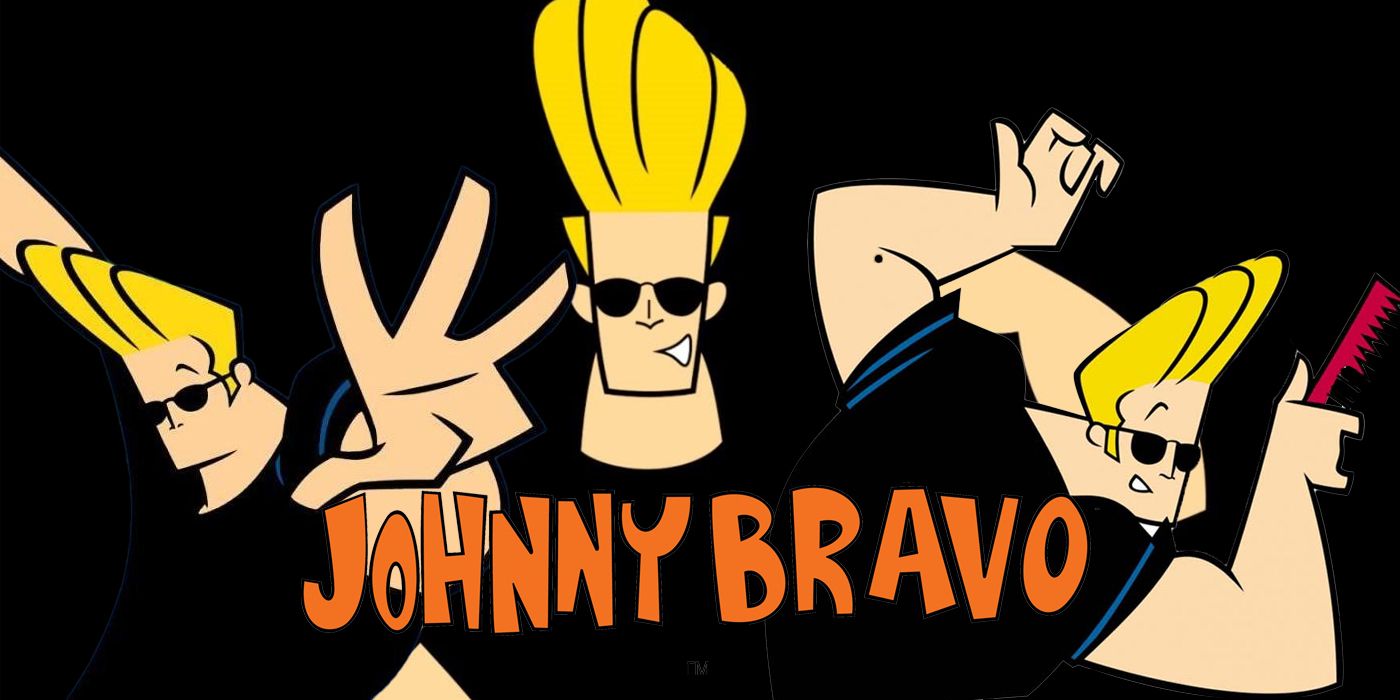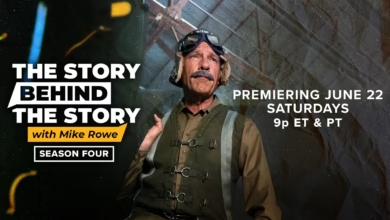Johnny Bravo: The Iconic Cartoon Character Who Defined a Generation

Introduction to Johnny Bravo
When we talk about animated characters from the late 90s and early 2000s, few names stand out quite like Johnny Bravo. Known for his muscular build, slick blonde hair, and Elvis Presley-inspired voice, Johnny became a household name for Cartoon Network fans across the globe. He wasn’t just a character; he was a pop culture phenomenon who left an unforgettable mark on the golden era of cartoons.
At its core, the show Johnny Bravo was about a not-so-bright but overly confident man who constantly tried to win the hearts of women, only to fail hilariously every time. While the formula was simple, it worked brilliantly because of its unique combination of slapstick humor, witty writing, and outrageous personality quirks. The character’s narcissism, paired with his ridiculous antics, made him both lovable and laughable at the same time.
What made Johnny Bravo special was how it blended humor for both kids and adults. Children enjoyed the goofy physical comedy, while older audiences caught on to the clever cultural references, parodies, and satirical undertones. This balance ensured that the show had mass appeal and solidified Johnny’s place as one of Cartoon Network’s most iconic creations.
The Origins of Johnny Bravo

Johnny Bravo first appeared as a short pilot on the animation showcase What a Cartoon! in 1995, created by animator Van Partible. The pilot quickly gained attention for its distinct style, humor, and, of course, its eccentric main character. The success of that short led to Cartoon Network greenlighting a full series, which officially premiered in 1997.
Partible’s inspiration for Johnny came from a mix of Elvis Presley’s charisma, James Dean’s cool-guy aesthetic, and the exaggerated personalities often seen in cartoons. Interestingly, Johnny’s look and personality were intentionally over-the-top, making him a parody of the stereotypical macho man. This exaggerated portrayal made it easier for audiences to laugh at his failures, rather than take him seriously.
The show’s production also played a key role in its success. Early episodes featured influences from classic Hanna-Barbera animation, but with a modern twist. The visual style was bold and colorful, which made Johnny and his antics even more memorable. Combined with clever writing and top-notch voice acting by Jeff Bennett, Johnny Bravo quickly carved out a unique space in the world of animation.
The Humor and Style That Made the Show Special
The humor of Johnny Bravo was not like every other cartoon airing at the time. While many shows relied on straightforward storytelling, Johnny Bravo thrived on quick gags, parodies, and slapstick. The show often broke the fourth wall, included references to movies, celebrities, and pop culture, and exaggerated Johnny’s cluelessness to absurd levels.
One of the most memorable aspects of the show was Johnny’s constant rejection. Every episode featured him approaching women with his signature line, only to end up embarrassed, hurt, or completely ignored. What made it funny wasn’t just the rejection itself, but Johnny’s undying confidence and refusal to learn from his mistakes. It was this loop of arrogance and failure that kept audiences entertained.
The style of the show also leaned heavily into caricature and exaggeration. Johnny’s massive upper body, tiny legs, and flamboyant hairdo were physical traits that screamed comedy. Even the way he walked or flexed his muscles was exaggerated for laughs. This cartoonish approach worked perfectly with the show’s writing, making Johnny Bravo a series that stood apart from its peers.
Johnny Bravo’s Cultural Impact
Beyond being just a cartoon, Johnny Bravo became a cultural icon. His personality and catchphrases, like “Hey, Mama!” or “Do the monkey with me,” became instantly recognizable. Even people who had never seen the show could identify Johnny’s silhouette thanks to his iconic hairstyle and sunglasses.
The character also represented a specific type of humor that was ahead of its time. While some critics argued that Johnny’s portrayal of a woman-chaser was problematic, many others understood it as a parody of toxic masculinity. The show was never about glorifying Johnny’s behavior—it was about making fun of it. His failures served as constant reminders that arrogance and shallowness rarely lead to success.
In addition, Johnny Bravo influenced a generation of animators and writers who grew up watching the show. Its unique brand of humor, along with its willingness to experiment with storytelling and parody, helped pave the way for future adult-oriented cartoons. Even today, memes and online jokes featuring Johnny Bravo keep his legacy alive among fans.
Behind the Voice: Jeff Bennett’s Role
One of the most underrated aspects of Johnny Bravo’s success was the performance of voice actor Jeff Bennett. His deep, Elvis-inspired delivery brought Johnny to life in a way no other actor could. Bennett’s ability to capture Johnny’s clueless confidence, paired with comedic timing, elevated the character far beyond the script.
Bennett was already a well-respected voice actor, known for his roles in shows like Dexter’s Laboratory and The Powerpuff Girls. However, his portrayal of Johnny Bravo became one of his career-defining roles. Fans loved the way Johnny’s voice carried a mix of charm, stupidity, and bravado all at once. It was a perfect blend that matched the character’s over-the-top design.
The success of Bennett’s performance also highlighted how important voice acting is in animation. Without his distinct delivery, Johnny Bravo might not have become the iconic character we know today. In many ways, Jeff Bennett’s voice is just as important to Johnny Bravo’s identity as his hairstyle or sunglasses.
Why Johnny Bravo Still Matters Today
Even though Johnny Bravo ended its run in 2004, the character continues to remain relevant. Reruns, streaming platforms, and internet memes have kept Johnny alive in pop culture. New generations of viewers are discovering the show and appreciating its timeless humor.
What makes Johnny Bravo still matter today is how it reflects the pitfalls of arrogance and self-obsession in a lighthearted way. In an era where discussions about gender roles and toxic behavior are more prominent, Johnny Bravo serves as a comedic reminder of how ridiculous such attitudes can be. The show managed to address these themes long before they became mainstream talking points.
Moreover, Johnny Bravo represents the golden age of Cartoon Network. For many fans, revisiting his adventures is not just about the humor—it’s about reliving a nostalgic time when cartoons had originality, creativity, and fearless experimentation. Johnny Bravo wasn’t just a character; he was part of a larger movement that shaped the landscape of animation.
Conclusion: The Legacy of Johnny Bravo
In the grand history of animation, Johnny Bravo stands tall—both literally and figuratively. He was more than just a muscle-bound cartoon; he was a clever parody, a pop culture icon, and a symbol of the creative spirit that defined late 90s television. His blend of slapstick humor, cultural references, and exaggerated personality made him unforgettable.
Johnny Bravo’s legacy isn’t just about laughs. It’s about how a cartoon can reflect society, parody its flaws, and still remain entertaining decades later. Whether you see him as a symbol of nostalgia, a comedic masterpiece, or simply a goofy character who made you laugh, Johnny Bravo deserves his spot among the legends of animation.
Even today, his voice echoes in pop culture, his image circulates across social media, and his lessons—however unintentional—still resonate. Love him or laugh at him, Johnny Bravo remains one of the most iconic characters to ever grace the world of cartoons.



